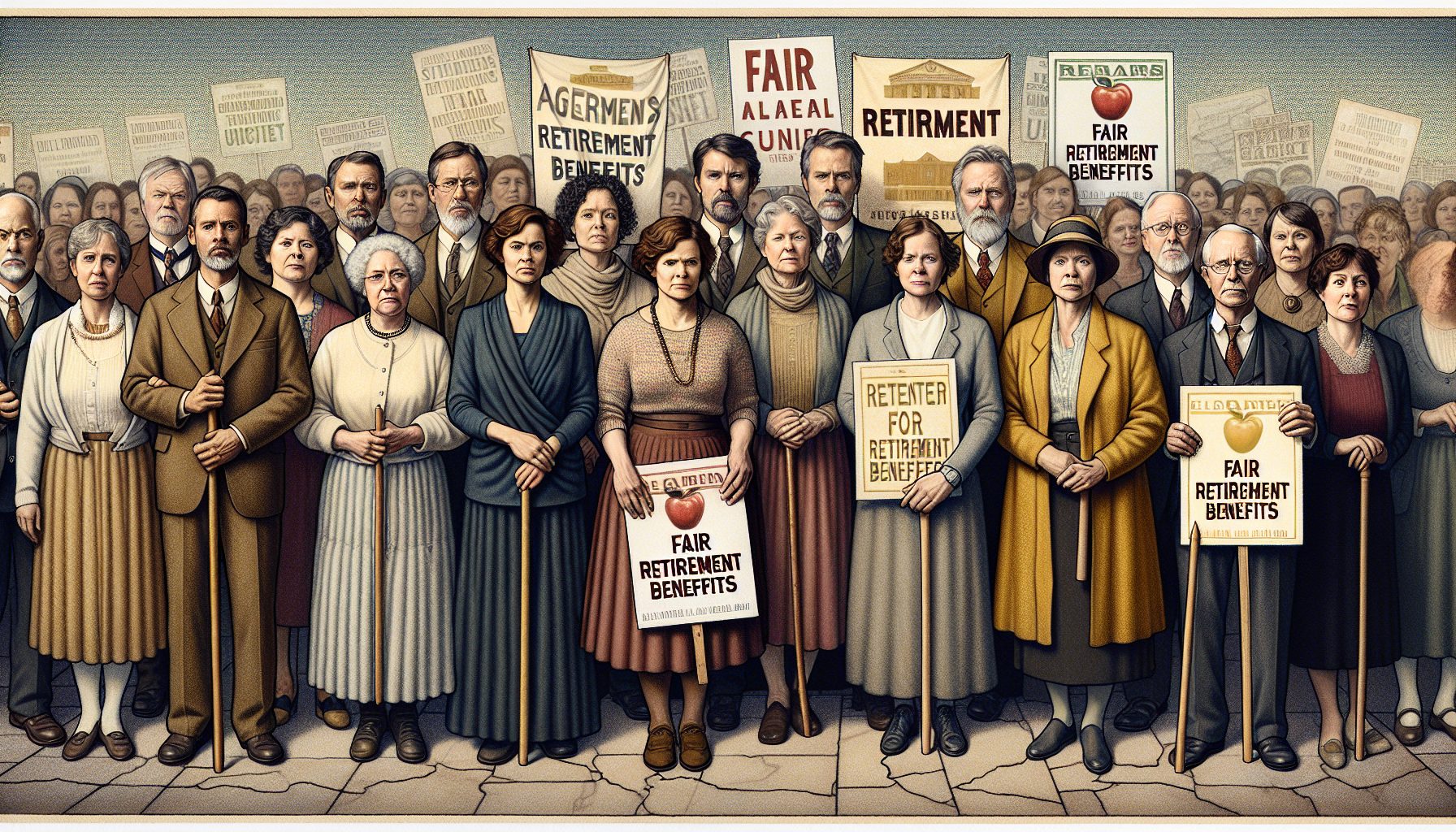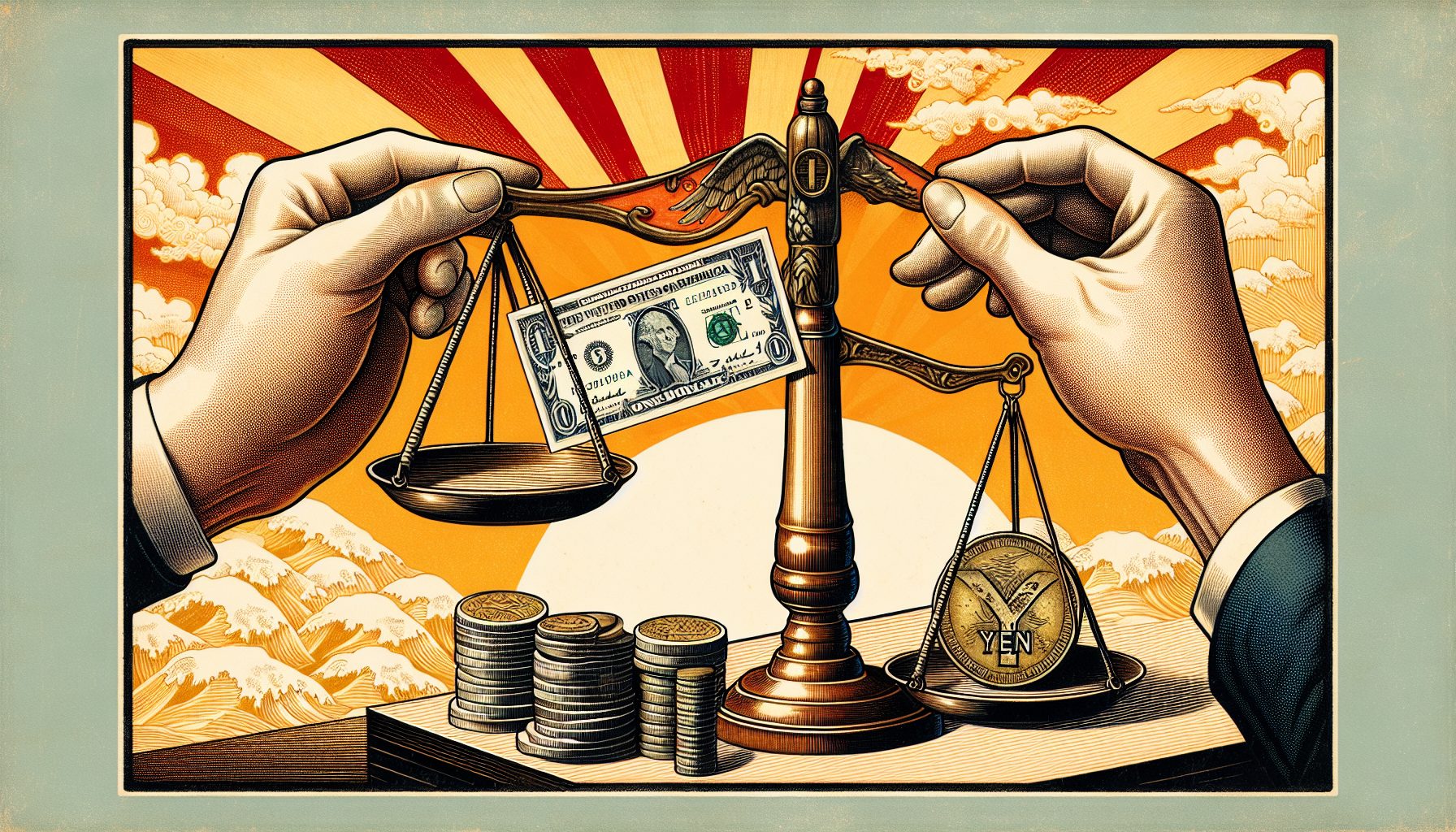It?s hardly a secret that retailing is undergoing one of thebiggest transformations in its history. Mobile POS, analytics and the cloud arefundamentally altering both online and in-store experiences. What?s notapparent to many retailers, says GS1 U.S. President and CEO Bob Carpenter, ishow much power and sway today?s consumers have.
In the past, the power of comparison shopping was mostlylimited to the web, where companies such as Nextag, Bizrate, Shopzilla andPriceGrabber compare everything from computers and cameras to shoes andperfume. Now, thanks to barcode scanning and price comparison apps, thiscapability is being pushed out to stores, where it has the power to thoroughlydisrupt traditional business models.
Carpenter notes that, in the past, retailers have relied ontheir own loyalty card programs to communicate directly with consumers.However, today?s consumer is increasinglylooking for price comparisons and go-to apps not related to specific retailers.As a result, retailers must participate in third-party mobile apps to shareprivate-label information with consumers. Those that stand on the sidelinesrisk losing mind share and market share.
However, success requires more than simply connecting withvarious pricing apps. GS1 and CapGemini, which consult with many of the world?stop retailers, say that there?s a critical need to ensure the accuracy ofproduct data that?s shared over the air. In a recent joint report, Beyondthe Label, the consulting firms found that between 30 percent and 40percent of smartphone users rely on a barcode scanning app on their device. Theuse of these apps has increased about 1,600 percent since 2010.
Unfortunately, 91 percent of mobile barcode scans returnedincorrect product descriptions; 75 percent returned no data at all 38 percentof consumers would not purchase a product if they did not trust the productioninformation displayed about it on their smartphone.
Carpenter says that retailers must begin working with appproducers to boost accuracy and create consistent and streamlined tools. Solutionsthat share digital product information with consumers must work in a globalenvironment; be highly scalable; provide real-time data, and be multi-sourcedto include all the data that consumers require to make a buying decision.
The end game, says Bob Fassett, vice president of NorthAmerica Consumer Goods, is direct promotion, as needed, based on consumers?wishes and company inventory flow targets. ?Today, the focus is on extendingindividual transactions to mobile devices.? However, ?Within 12 to 18 months,mobile applications will integrate personal preferences, availability ofproduct at the local retailer or online, and provide promotional offers tied toinventory levels.?








